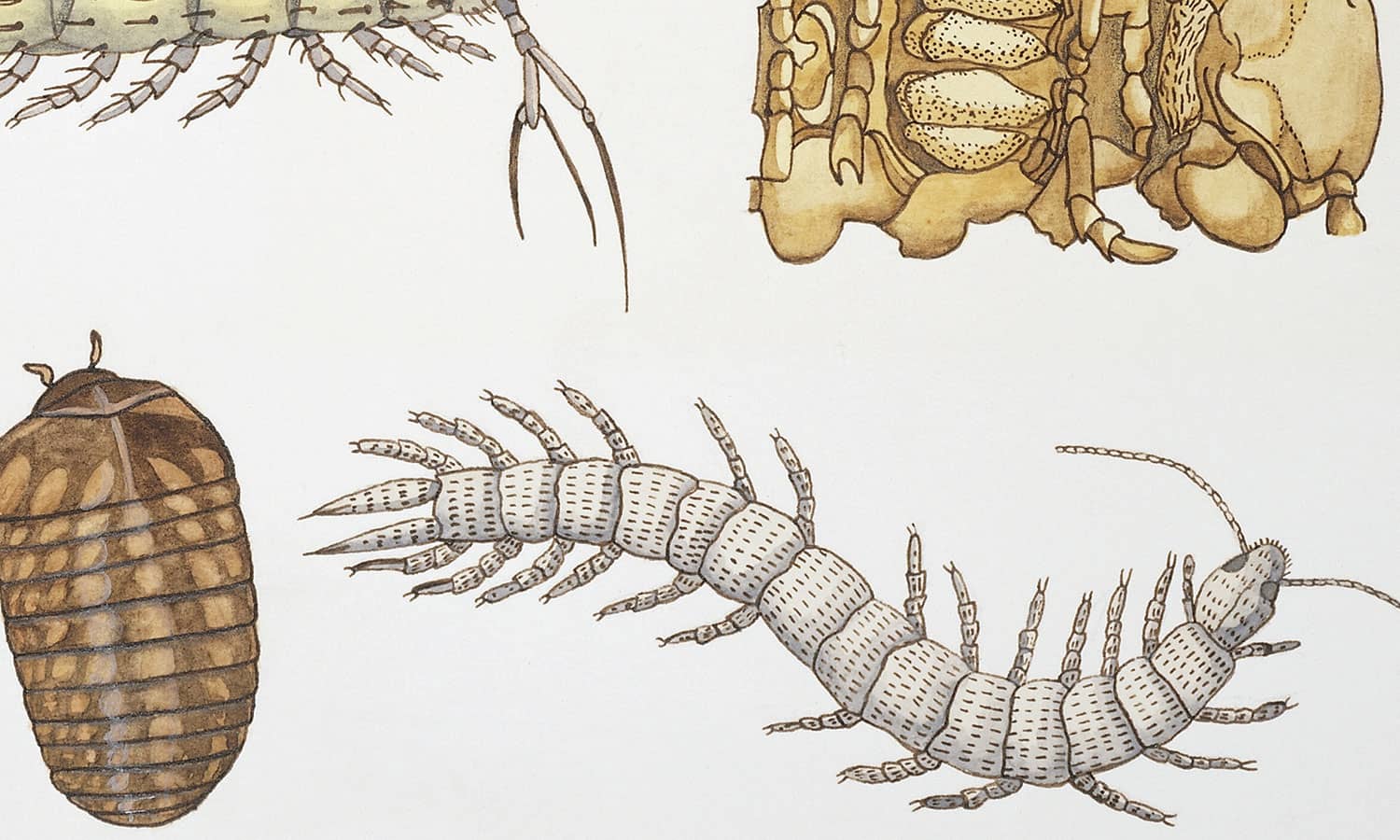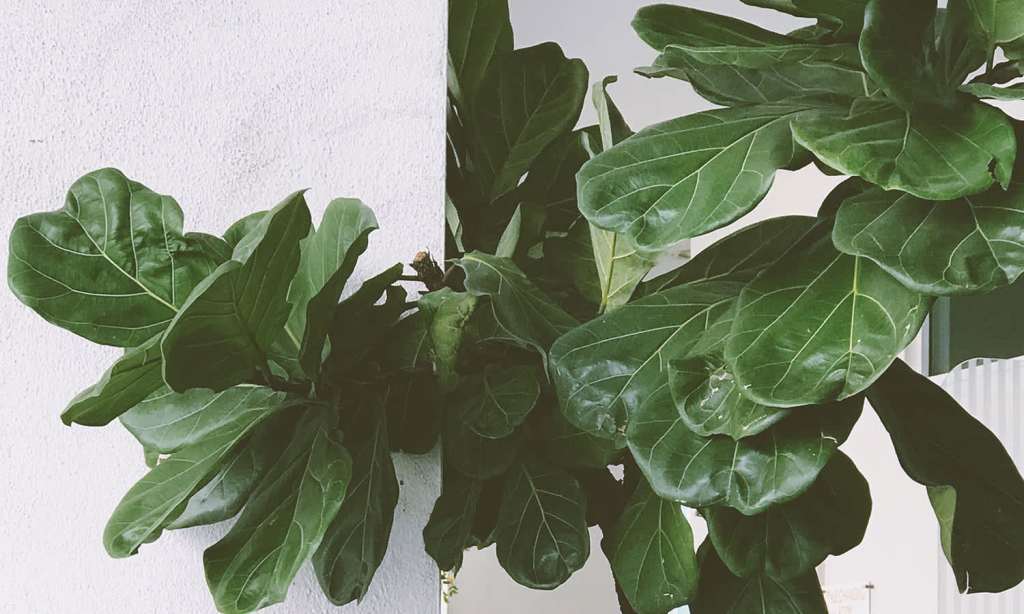My giant fiddle leaf fig of four years recently took a turn for the worse. Gary (that’s his name), has long towered over my partner and I and has become a permanent family member, sitting pretty in winter and sprouting around eight new leaves every summer.
When Gary dropped his first leaf around six months ago, I thought little of it. 2020 had been tough on us all, after all, and I figured he was merely protesting having us around 24/7, when he’d previously had the house to himself all day. But when the second, third, and fourth leaves also dropped, I became concerned for my friend.
You’re probably thinking at this point that I have a black thumb, but I actually have a stellar horticultural track record, thank you very much. Gary is one of 40 plants that live in my apartment, but being that he’s the biggest and the first plant I purchased when moving into my new home, he’s absolutely the favourite.
His symptoms of dropped leaves and stunted growth showed all the signs of a plant that had been overwatered, but we’re in a good rhythm with watering once every two to three weeks and so I knew I hadn’t done anything wrong. And then I saw them.
Tiny, centipede-looking critters that had a white, almost translucent appearance and scuttled through the soil fast. They’d hide under the surface and only make themselves known when the soil was disturbed during a watering session.
Initially, I figured they were harmless; that they might even do the plant good by helping to aerate the soil. But as more and more leaves turned yellow and dropped, I began to curse the critters for inflicting a slow and painful death on my most-loved plant.
Identifying the pests wasn’t easy either. Googling ‘white centipedes in soil’ was fruitless and presented results for a number of other bugs I was already acquainted with. But these were different. Finally, through hours of research, I found out what I was dealing with: Garden Symphylans.
What are garden symphylans
“Symphylans, sometimes known as Garden Centipedes, are soil-dwelling insects that survive by eating plant roots and other organic matter,” says Bunnings horticulturalist Robert Chin. “They look like small white/translucent centipedes that are slender and elongated and with prominent antennae.”
Apparently, garden symphylans can live for years (years?!), and while I hoped identifying them would lead to a quick remedy for their eradication, I was miffed to discover almost no information on how to get rid of them.
On the contrary, most of what I read indicated that their mere presence meant it was game over for Gary, and that there was very little I could do to save him. Confusing still was how they even made it into my first-floor apartment in the first place.
“They’re not commonly seen in potted plants here in Australia but have been known to cause significant damage to some agricultural crops,” says Chin.
“They don’t move very far so if they’re found in indoor plants, most likely the source of transmission is from outside plants that may be infested. For example, you’ve taken the plants outside to water or ‘rest’ them and they have become infested then.”
Garden symphylans and their effect on indoor plants
It may be hard to spot a symphylan infestation, Chin says. However, if you’re noticing your plant appears frozen in its growth or begins to drop leaves, then you may need to inspect the soil closer.
“Symphylans are voracious eaters and feed on plants roots and root hairs. The physical damage to roots will cause lack of vigour. This will also affect a plants ability to take up water so wilt symptoms may be observed. Unfortunately, damage to roots creates a pathway for secondary pest and disease damage,” Chin says.

How to tell if you have garden symphylans
“You may notice a lack of vigour over time which can be hard to spot. Earlier symptoms of extreme damage will be wilting, but this can be easily confused with a lack of watering,” says Chin.
He says the only way to know for sure if you’re dealing with symphylans is to physically look for them in the pot, but this could harm the plant as well.
“You could try carefully removing the whole plant from the pot – however, they are not likely to be on the outside of the root ball. If you try this make sure to quickly repot the plant and water it back in. Also, try adding a bit of plant starter when repotting.”
How to get rid of garden symphylans
Chin says control is difficult. “There are no pesticides registered for use for home gardeners in Australia.”
“Drowning them won’t really work – symphylans are quite resilient. Repotting will help only if you completely remove all of the soil from the plant to ensure that they are completely free of the pest. I would only suggest you do this in winter and only as a last resort.”
But Chin has one other idea… “Another option to try is a commercial ‘baiting’ technique where you place 6mm slices of raw potatoes on the soil surface. After a few days, the Symphylans should surface to eat the potato. This technique may work well in potted plants and allow you to capture and dispose of the insects as they surface.”







